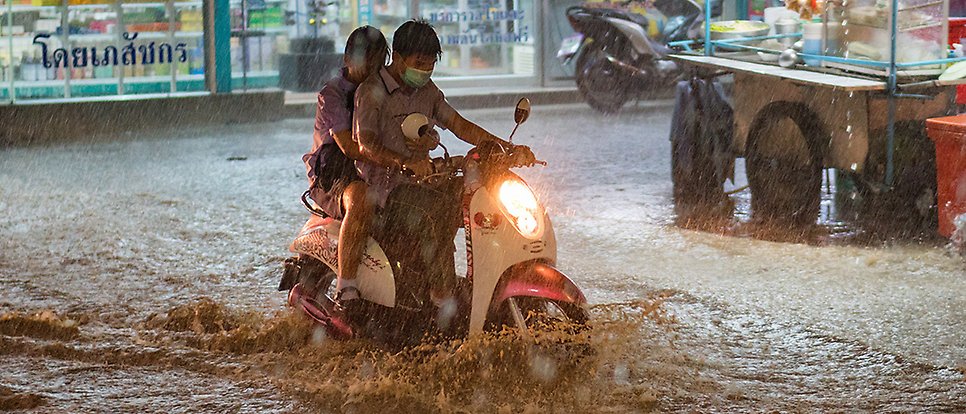Disaster Risk Reduction

We use a variety of methods and models to study the complex interaction between natural events and society's exposure and vulnerability - from the local to the global level.
Our research
A disaster occurs when a natural hazard e.g., storms, floods, forest fires or droughts hits a vulnerable society. We study the interaction between these natural hazards and society's vulnerability with a focus on disaster risk reduction. Disaster risk reduction aims to prevent new and reduce existing disaster risks, which contributes to strengthening resilience and achieving sustainable development.
We investigate the patterns, causes and effects of disaster risks. From the impact of climate change on natural hazards to the consequences of poverty and inequality, poor spatial planning and inadequate management – as well as disaster losses. We use different methods and models to study the complex interplay between natural hazards and society's exposure and vulnerability - from the local to the global level.
Research in disaster risk reduction at the department of earth sciences is linked to the Centre of Natural Hazards and Disaster Studies (CNDS), a national platform for research on the nexus between socio-technical vulnerability and extreme events, with active researchers in earth-, engineering- and social- sciences from Uppsala University, the Swedish Defence University, and Karlstad University.
